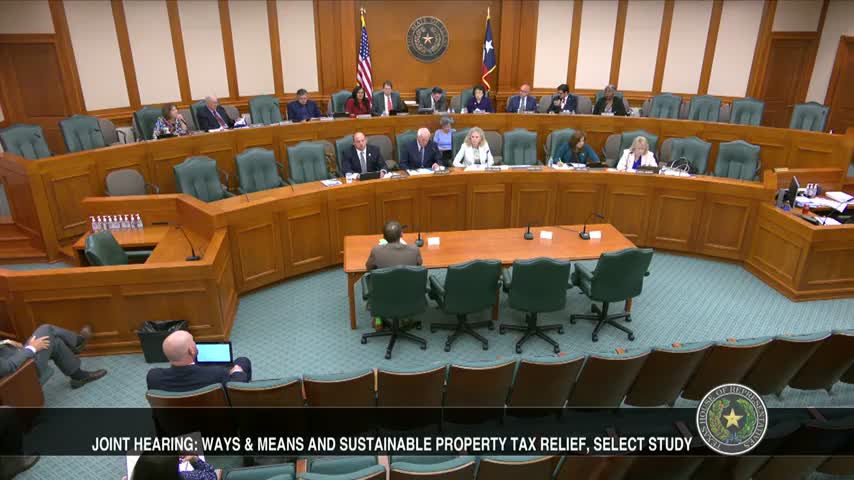School closures loom as student populations decline
September 26, 2024 | Committee on Ways & Means, HOUSE OF REPRESENTATIVES, Legislative, Texas
This article was created by AI summarizing key points discussed. AI makes mistakes, so for full details and context, please refer to the video of the full meeting. Please report any errors so we can fix them. Report an error »

In a recent government meeting, officials discussed a concerning trend of declining student populations in urban areas of Texas, including Dallas, Austin, San Antonio, and Houston, which is now extending to inner suburbs like Richardson. This decline poses significant challenges for local school boards, as fewer students in schools can lead to difficult decisions regarding resource allocation and potential school closures.
A former school board member highlighted the financial implications of low enrollment, noting that maintaining a school with a small number of students can strain resources. For instance, a school with 250 students still requires a principal and support staff, while a larger school of 600 can offer more services and support to its students. The discussion underscored the importance of enrollment numbers as a driving factor in school funding and resource distribution.
The meeting also touched on the financial landscape of school districts, with representatives examining the impact of refinancing on taxpayer savings and overall debt loads. Current estimates indicate that Texas school districts are facing a total debt of approximately $154 billion. The conversation raised questions about the potential implications of eliminating property taxes, as this could affect the ability to manage existing debts.
Officials acknowledged that while some districts are adopting aggressive payoff strategies to reduce long-term taxpayer burdens, the overall trend shows rising debt levels. The meeting concluded with a note on projected growth in the school-age population, albeit at a slower rate, suggesting that while challenges exist, there may be opportunities for future enrollment increases.
A former school board member highlighted the financial implications of low enrollment, noting that maintaining a school with a small number of students can strain resources. For instance, a school with 250 students still requires a principal and support staff, while a larger school of 600 can offer more services and support to its students. The discussion underscored the importance of enrollment numbers as a driving factor in school funding and resource distribution.
The meeting also touched on the financial landscape of school districts, with representatives examining the impact of refinancing on taxpayer savings and overall debt loads. Current estimates indicate that Texas school districts are facing a total debt of approximately $154 billion. The conversation raised questions about the potential implications of eliminating property taxes, as this could affect the ability to manage existing debts.
Officials acknowledged that while some districts are adopting aggressive payoff strategies to reduce long-term taxpayer burdens, the overall trend shows rising debt levels. The meeting concluded with a note on projected growth in the school-age population, albeit at a slower rate, suggesting that while challenges exist, there may be opportunities for future enrollment increases.
View full meeting
This article is based on a recent meeting—watch the full video and explore the complete transcript for deeper insights into the discussion.
View full meeting
